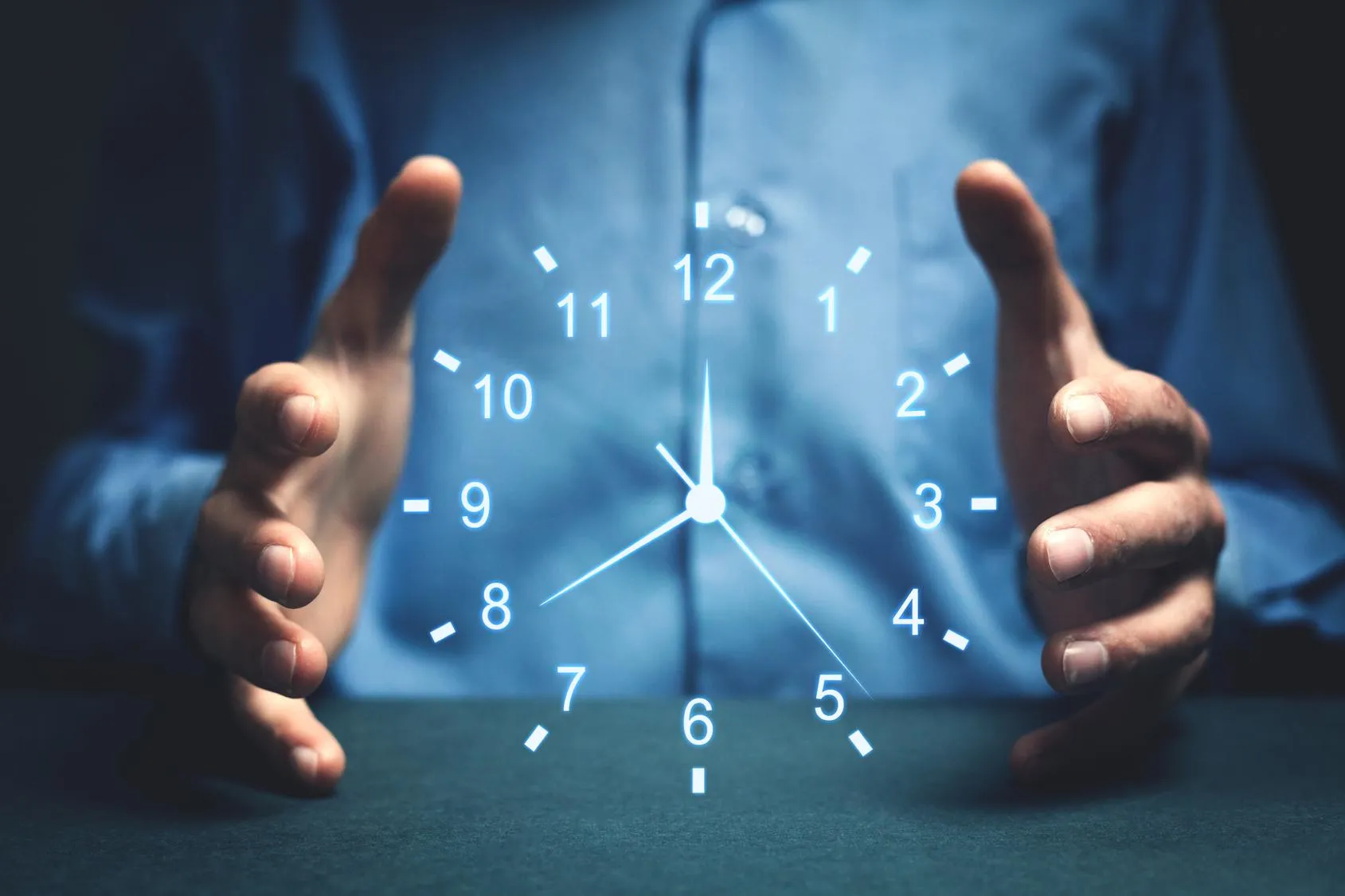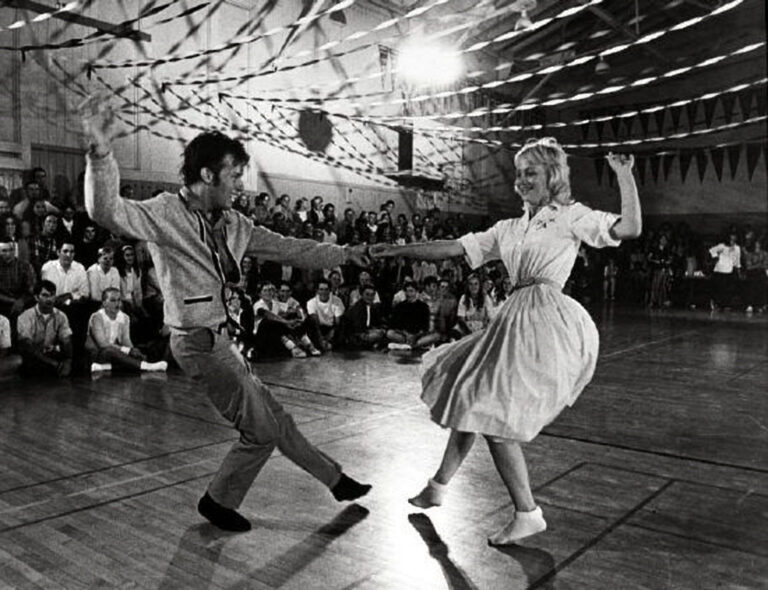Effective time management is crucial to achieve goals and maximize potential. By prioritizing tasks, working in X-minute increments, and implementing proven strategies, you can regain control of your schedule and boost efficiency.
The 1-Minute Rule
According to the 1-minute rule, any task that can be finished in a minute should be done so right away. The rule is straightforward: start working on a task as soon as it comes up if you think it will take one minute or less. This way, you avoid the 20- or 30-minute stretches that would be needed to finish the one-minute tasks later, and the one-minute jobs do not accumulate over time.
The 2-Minute Rule
The two-minute rule is designed to assist people complete quick activities and discourage procrastination. The rule is as follows: if you can complete an action in two minutes or less, do it right away and without delay. Long-term advantages could result from this.
The 3-Minute Rule
The three-minute rule can refer to different strategies:
- Overcoming procrastination: If you’re avoiding a task, try doing it for just three minutes
- 3-Minute Momentum Rule: Set a timer for three minutes and start working on a task you’ve been avoiding. Decide whether to continue or stop when the timer goes off.
- Pitch or presentation: Convey everything of value about your business, product, or service clearly, concisely, and accurately in three minutes or less.
The 5-Minute Rule
A straightforward yet effective strategy for reducing procrastination and increasing productivity is the 5-minute rule. This is how it operates: Set a goal to work on a task for no more than five minutes. The premise is that getting started is frequently the most difficult aspect and that once you get going, momentum takes over, making it simpler to keep going.
Elon Musk is also credited with creating a variation of the 5-minute rule, in which he plans his days in five-minute increments to guarantee maximum productivity and concentration.
The 6-Minute Rule
The 6-minute rule is a principle used in nautical navigation to quickly estimate the distance traveled in six minutes. It states that:
Speed (knots) ÷ 10 = Distance (nautical miles) traveled in 6 minutes.
For example, if a vessel is moving at 20 knots, it will travel 2 nautical miles in six minutes (20 ÷ 10 = 2 NM). This rule helps sailors and navigators make quick calculations without needing complex formulas.
The 7-Minute Rule
The 7-minute rule is a guideline used in payroll and timekeeping to round employee work hours for payroll calculations. Under the Fair Labor Standards Act (FLSA), employers can round time in 15-minute increments. The rule states:
- If an employee works 1-7 minutes, the time can be rounded down.
- If an employee works 8-14 minutes, the time must be rounded up to the nearest quarter-hour.
This practice helps simplify payroll processing, but employers must ensure it complies with labor laws to avoid underpaying employees
The 8-Minute Rule
The 8-minute rule is a billing guideline used in Medicare for outpatient therapy services, particularly physical therapy, occupational therapy, and speech therapy. It determines how therapists bill for time-based services.
How It Works
- Therapists must provide at least 8 minutes of direct, one-on-one therapy to bill for a single unit of service
- Billing is done in 15-minute increments, meaning:
- 8-22 minutes = 1 unit
- 23-37 minutes = 2 units
- 38-52 minutes = 3 units, and so on
- If a session lasts less than 8 minutes, it cannot be billed
This rule helps ensure accurate reimbursement for therapy services while preventing overbilling.
The 9-Minute Rule
Presentation & Attention Span – Neuroscientists suggest that people start losing focus after 9 minutes and 59 seconds during a presentation. To keep an audience engaged, speakers must introduce new stimuli or shift their approach every 10 minutes
The 10-Minute Rule
The 10-minute rule is a simple yet effective strategy used to boost productivity and manage distractions. It has two common applications:
- Beating Procrastination – If you’re struggling to start a task, commit to working on it for just 10 minutes. Once you begin, momentum often kicks in, making it easier to continue. If after 10 minutes you still feel stuck, you can take a break or switch tasks
- Managing Distractions – When you feel the urge to check your phone or get sidetracked, wait 10 minutes before giving in. Often, by the time those 10 minutes pass, the urge fades, and you can stay focused on your work
This rule works because it removes the mental resistance to starting tasks and helps build discipline over time.
The 11-Minute Rule
The 11-minute rule appears in different contexts:
- Screenwriting – Some filmmakers suggest that the first 11 minutes of a movie should establish the main character, setting, and genre to keep the audience engaged.
- AI Productivity – Research from Microsoft found that saving 11 minutes per day using AI tools can significantly improve productivity and work-life balance over 11 weeks.
- Customer Service in Utilities – Studies show that customers spend about 11 minutes per year interacting with their utility provider, emphasizing the need for efficient communication.
The 12-Minute Rule
The 12-minute rule is a concept that emphasizes the power of small, consistent habits to build discipline and achieve long-term goals. The idea is simple: commit to just 12 minutes a day toward a specific task or goal—whether it’s fitness, learning, or personal development.
The 13-Minute Rule
The 13-minute rule is a productivity technique that encourages people to start tasks by committing to just 13 minutes of focused work. The idea is that getting started is often the hardest part, and once you begin, momentum builds, making it easier to continue.
The 15-Minute Rule
The 15-minute rule is a productivity and learning strategy that encourages short, focused bursts of effort. It has different applications depending on the context:
- Beating Procrastination – Commit to working on a task for just 15 minutes. Once you start, momentum often carries you forward, making it easier to continue.
- Problem-Solving & Learning – If you’re stuck on a problem, spend 15 minutes trying to solve it on your own. If you can’t find a solution, ask for help. This method balances self-sufficiency with efficiency.
- Daily Creative Practice – Dedicate 15 minutes a day to a creative pursuit, such as writing, painting, or brainstorming ideas. Over time, these small efforts add up to significant progress.
This rule works because 15 minutes feels manageable, reducing resistance to starting tasks.






